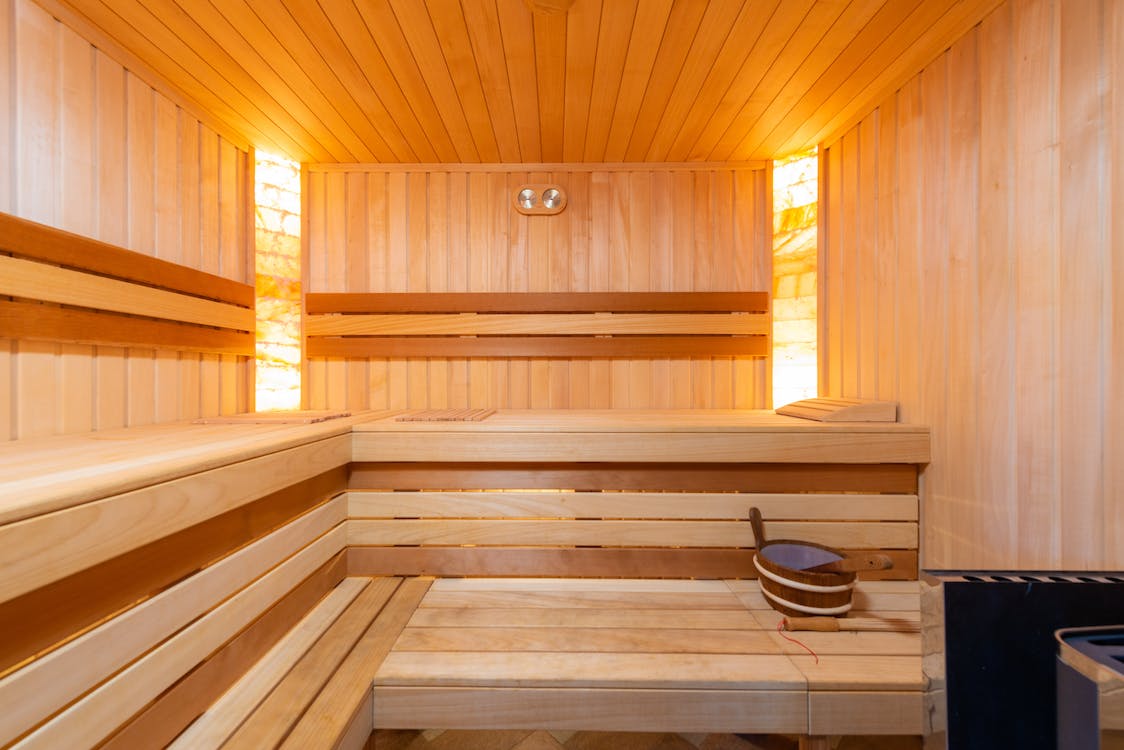
Home Sauna
A home sauna can be a luxurious addition to any home, providing a range of health benefits, including relaxation, detoxification, and improved circulation. However, installing a home sauna requires careful consideration and planning. In this article, we will discuss the essential things you need to know before installing a home sauna.
1. Consider Your Available Space
Before installing a home sauna, it’s essential to consider your available space. A home sauna like this home sauna in Sydney can range in size from a small, one-person unit to a larger, multi-person unit. Determine the size and type of sauna that will best fit your available space and your needs. If you have a small space, such as an apartment or small house, you may only be able to install a small sauna. If you have a larger space and want to install a large sauna, this will require more furniture and space in your home.
When deciding how many people will use your sauna, consider how much time each person spends in there. If you are planning on spending two hours every day in your sauna, then you should buy one that can accommodate more people than if you only plan on spending 20 minutes once every few days.
It’s also important to consider the location of the sauna, as it should be in a well-ventilated area with easy access to a water source. The ideal space is a room that’s already insulated and doesn’t have windows or doors that open to the outside. This will help keep the temperature inside the sauna consistent, which means you’ll feel much more comfortable while using it. If you don’t have an existing room that meets these criteria and want to install a sauna in your basement, make sure you insulate the walls and floor before doing so.
2. Choose the Right Type of Sauna
There are several types of saunas to choose from, including traditional Finnish saunas, infrared saunas, and steam saunas. Each type of sauna offers different benefits and operates differently. For example, if you’re looking for a sauna to help relieve pain and stress, then you’ll want one that’s small and private. However, if you want something large enough for the whole family to enjoy, then a small sauna will not be appropriate for your needs. Consider your needs and preferences when choosing the right type of sauna for your home.
3. Decide on the Material
Home saunas can be constructed from various materials, including wood, tile, and stone. The material you choose will affect the overall look and feel of your sauna. Wood is the most common material used in saunas, as it is durable, attractive, and provides an authentic sauna experience. However, other materials can be used to create a unique and modern sauna design.
4. Determine Your Budget
Installing a home sauna can be a significant investment, so it’s essential to determine your budget before making any purchases. The cost of a home sauna can vary depending on the size, type, and material used. If you are looking for a low-cost option, consider installing an inflatable sauna in your backyard or on your deck. These units are portable and can be stored away during winter months when they’re not being used. They’re also easy to install and can often be set up by just two people in about an hour or so. If you are planning on installing an electric sauna in your home, there are many different types of units available from various manufacturers. While some of these models are quite affordable, others can be very expensive, and all of them will require a professional installer to put them together correctly. Consider your budget and determine what features and amenities are most important to you.
5. Hire a Professional Installer
Installing a home sauna requires expertise and experience. It’s important to hire a professional installer who can ensure that the sauna is installed safely and correctly. If you do decide to hire someone else to do it for you, then be sure that they’re qualified and licensed. You should also make sure that they have experience working with similar types of homes so that they can give you an accurate estimate of how much time and money will be needed for the project. A professional installer can also guide you in choosing the right size and type of sauna and provide advice on maintenance and care.
6. Maintain and Care for Your Home Sauna
Once your home sauna is installed, it’s essential to maintain and care for it properly. Regular cleaning and maintenance will ensure that your sauna operates efficiently and lasts for many years. If your sauna is constructed of wood, you will likely need to treat it with a water-based sealant or oil it periodically. If you have a spa-quality sauna, you may wish to use a wood preservative or other product specifically designed for spas. You will also want to check your drain every few months for clogs or debris that could restrict its function. If you notice any problems with your drain, call an HVAC professional to fix them before they become more serious. Follow the manufacturer’s instructions for care and maintenance and consider hiring a professional to perform any necessary repairs.
Conclusion
Installing a home sauna can be a luxurious addition to any home, providing a range of health benefits and relaxation. However, it’s essential to carefully consider your available space, choose the right type of sauna, decide on the material, determine your budget, hire a professional installer, and maintain and care for your home sauna properly. With proper planning and care, a home sauna can provide years of enjoyment and health benefits for you and your family.






